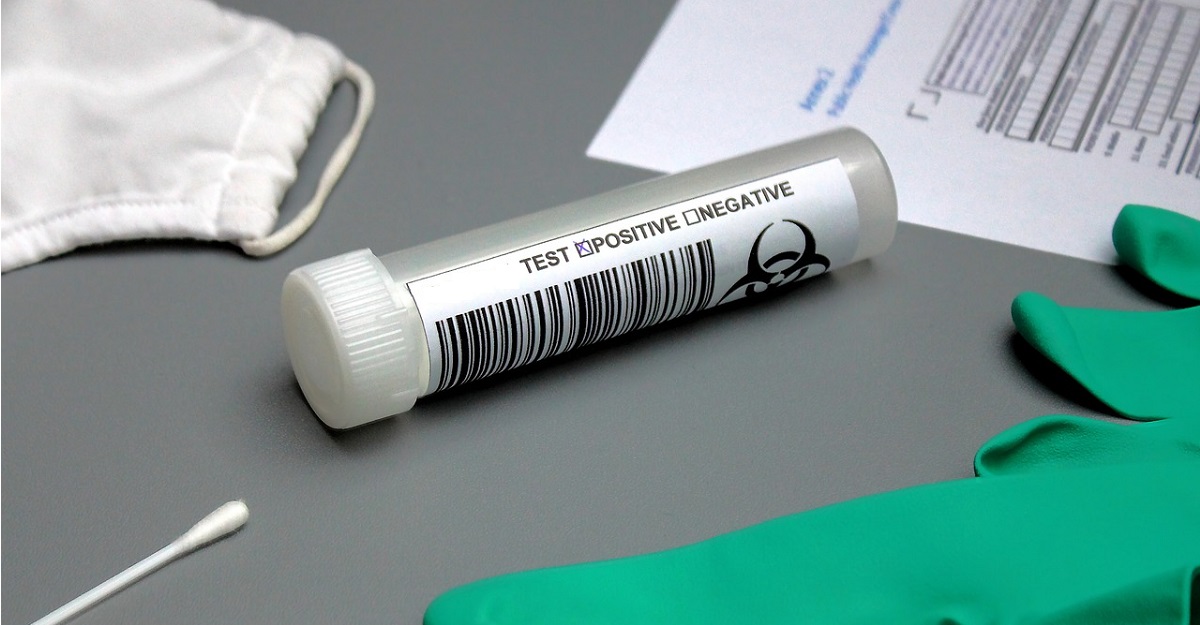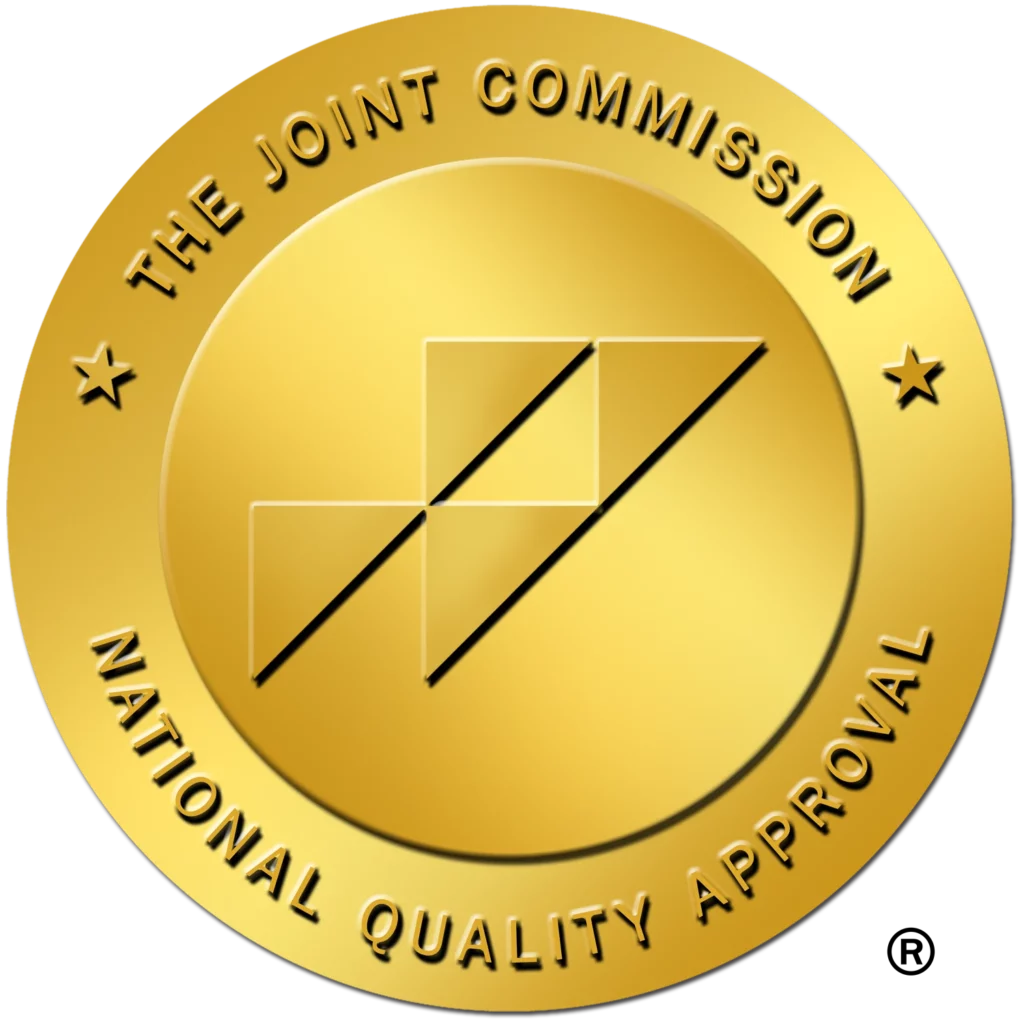Can You Get Hepatitis C from Alcohol Addiction?
This entry was posted in Addiction News, Alcohol Abuse and tagged alcoholic hepatitis, can you get hepatitis from drinking alcohol, hepatitis C on October 15, 2020 by Justin Baksh, MS, LMHC, MCAP, Chief Clinical Officer.

Research has shown a link between alcohol addiction and hepatitis C (HCV). While alcohol addiction may not directly cause HCV, it can make you more susceptible to the infection.
In one study, actively drinking alcoholics were more likely to have hepatitis C, despite not using drugs intravenously or having other known risk factors. (Rosman et al., 1996)
Alcohol can also lead to liver inflammation, which studies have found to be associated with hepatitis C antibodies. Again, this is without any other known infection risk factors.(Rosman et al., 1993)
And, if you have hepatitis C, alcohol can make it worse and speed its progression.
Alcohol & Liver Disease
“Red wine every night for practically 20 years had damaged my liver severely. I was in the early stages of cirrhosis, and that terrified me enough to stop. It must have been when I’d injected heroin almost 20 years ago that I’d contracted hep C.” – Simon(ChangeGrowLive.org, n.d.)
Alcohol is the most abused substance in the United States. Sixty-one percent of Americans drink alcohol. Ten to 12% of them are considered heavy drinkers.(Patel, 2020)
All that alcohol goes to the liver, the organ responsible for breaking down alcohol. If you consume too much, the liver can be overwhelmed. And, if this continues long enough, liver disease can be the result.
In fact, the more you drink and the longer you drink, the more likely you are to develop liver disease.

The question is: How much alcohol and how long?
Not as much as you might think. About two to four standard drinks a day (30 to 50 grams of alcohol) for five years is all it takes for alcoholic liver disease to take hold.(Patel, 2020)
More than three and a half cups of alcohol a day puts you at a 90% risk for fatty liver, the first stage of liver disease. It also gives you a 30% risk cirrhosis, or end-stage, non-reversible liver disease. (Patel, 2020)
Heavy drinkers are more likely to develop liver disease and women appear to be more susceptible to it. Eating a high-fat diet and being obese can increase your risk. Genetics may also play a role in its development. (Medlineplus, 2020)
The most common age range for liver disease diagnosis is 40 to 50 years old. However, having a hepatitis C infection can cause alcoholic liver disease to start at a younger age. (Patel, 2020)
Hepatitis C can also increase the damage to your liver and your risk of death due to liver cancer.
The Stages of Alcoholic Liver Disease
There are three stages of alcoholic liver disease:
Stage 1: Alcoholic Steatosis (Fatty Liver)
Liver disease begins with small fat droplets accumulating in the liver. Symptoms include:
- Enlarged blood vessels
- Erythema (red patchy skin on palms of hands)
- Jaundice (yellowish eyes and skin)
- Swollen abdomen
- Swollen breasts (in men)

Many times, sufferers have no symptoms that alert them to the condition. However, a healthcare professional can diagnose fatty liver with a blood test that checks for elevated liver enzyme levels.
Thankfully, alcoholic fatty liver can be reversed through ceasing alcohol consumption.
Stage 2: Alcoholic Hepatitis
At this stage, the liver becomes inflamed and experiences degenerative changes. Significant, permanent scarring and lever cell damage and death can occur.
Common clinical signs of alcoholic hepatitis include:
- Abdominal tenderness/pain
- Bleeding
- Fatigue/feeling weak
- Fever
- Jaundice
- Loss of appetite
- Nausea/vomiting
- Swollen, painful liver
- Weight loss

Alcoholic hepatitis can be diagnosed using blood tests, electrolyte tests and liver function studies as well as an abdominal ultrasound, CT scan, MRI and/or a liver biopsy.
Unfortunately, there are no medications available to treat alcoholic hepatitis. The symptoms can be addressed, however.
It is imperative to stop alcohol consumption so that your liver can recover as much as possible. Even though scarring is permanent, your liver will, over time, repair some of the damage.
If heavy drinking continues, 40 percent of alcoholic hepatitis cases will develop into cirrhosis.(Mann, et al., 2003)
If you have alcoholic hepatitis, it would be wise to be vaccinated against the viral forms of hepatitis (A, B and C). Contracting them can lead to even more damage to your liver.
Hopefully, alcoholic hepatitis can be caught early. If it does progress, severe alcoholic hepatitis carries a 50 percent death rate.(Mann, et al., 2003)
Stage 3: Alcoholic Cirrhosis

Stiff and swollen at this stage, the liver has suffered extensive damage. Similarly, its functioning can be severely compromised. Alcoholic cirrhosis is considered to be irreversible.
Symptoms include:
- Ascites (swelling of the abdomen)
- Atrophy (loss of muscle tone)
- Bruising easily
- Confusion
- Contractures (muscle shortening in fingers)
- Clubbing (thickening or widening of nails and fingers)
- Edema (swelling of the legs)
- Erythema (red patchy skin on palms of hands)
- Fatty infiltration (abnormal fat accumulation in liver)
- Inability to concentrate
- Jaundice (yellowing of eyes and skin)
- Liver inflammation or enlargement
- Loss of appetite
- Memory loss
- Mental fog
- Mouth bleeds
- Vomiting blood
- Weight Loss
- White Nails
Your healthcare professional can diagnose alcoholic cirrhosis with a physical exam, blood tests and imaging techniques.
A biopsy is the definitive method for diagnosing cirrhosis, however.
Once again, it’s vital that you stop drinking alcohol to minimize further damage. The survival rate for those with severe cirrhosis is 50 percent at two years and only 35% within five years.(Gunter, n.d.)Cirrhosis is the ninth leading cause of death in the U.S. (Stanford Health Care, 2017)
Alcohol related cirrhosis puts you at a much risker risk for liver cancer.
Similarly, if you have hepatitis B or C and are a heavy drinker, your risk for cirrhosis increases substantially.(Mann, et al., 2003)
These stages are not necessarily linear or absolute. Someone can have evidence of two or three at once, especially if they have been abusing alcohol for a long time. (Patel, 2020)
The good news is that there are treatments available for cirrhosis. They include dialysis, lifestyle changes, nutritional therapy, and, if all else fails, a liver transplant.
Hepatitis C (HCV)
“I don’t know exactly when I contracted HCV but pretty sure it was back in the early eighties from IV drugs… Consider myself lucky to have never noticed any symptoms. Even though having used alcohol and drugs for many years. I’m very grateful to have been prescribed and insurance covered prescription for [anti-hepatitis drug]. I took my final dose tonight…These new meds save a lot of lives. I lost my wife to liver disease as well as two close friends.” – HCV positive 58 year old (HepatitisC.net, 2018)
HCV is the most common bloodborne infection in the United States. An estimated 3.5 million people have a chronic hepatitis C infection. About 10,000 to 12,000 people die from it each year.(Schiff, 2003)
In 2018 alone, there were approximately 50,300 new infections, and about 2.4 million people are living with Hepatitis C in the US.
Only microscopic amounts of blood are needed for the infection to spread. Using infected needles and syringes is the number one way people become infected in the US.
It can also be spread by sharing razors and nail clippers if infected, sharing medical equipment, getting a tattoo with an infected needled, through sexual contact and at birth by an infected mother.
Before 1992, when hepatitis C screening became widespread in the blood supply, blood transfusions and organ transplants were also a possible source.
Half of the people with hepatitis C are unaware that they have it.
Nearly one-third of those addicted to alcohol who have liver disease also have hepatitis C.(Schiff, 2003)
Hepatitis C begins as a short-term infection that can last a few weeks. Unfortunately, 75 to 85 percent of those infected will develop a chronic, or long-term, infection.
Symptoms of hepatitis C include:
- Abdominal pain
- Dark-colored urine
- Fatigue
- Fever
- Jaundice
- Joint Pain
- Light-colored stools
- Loss of Appetite
- Nausea/Vomiting
It can take two weeks to six months to develop hepatitis C symptoms. However, some people experience no symptoms.
Hepatitis C is the leading cause of liver cancer and transplants. Seventy percent of those with a chronic hepatitis C infection will go on to develop active liver disease, according to the Centers for Disease Control and Prevention.
Ten to 20% of those with active liver disease will develop cirrhosis within the following two to three decades, and one to five percent will eventually develop liver cancer.
Unfortunately, there is no vaccine for hepatitis C to date. However, it can be cured in more than 90% of people with oral medications. The typical course of treatment is eight to 12 weeks.

Alcoholism & Hepatitis C
What happens if you are an alcoholic and you contract hepatitis C?
Significant liver damage can be expected, even leading to cirrhosis.
It is of the utmost importance that you stop drinking… forever.
If you are HCV positive, just three or more drinks a day or more increases your risk of cirrhosis, according to a JAMA study. (Murrell, 2019)
Need more reasons to stop drinking? Continued alcohol use may also interfere with your ability to consistently adhere to a medication regimen that can tackle HCV infection. In fact, you may not be prescribed (or insurance may not cover) HCV treatment if you continue to drink.
What’s the take-home lesson here?
- Be screened for hepatitis C. Anyone who has ever used drugs intravenously, shared toothbrushes, razors or other medical equipment, gotten a tattoo from a place that does not engage in standard sanitation practices, or engaged in other high-risk behavior should be screened for it. Those receiving an organ transplant or blood transfusion prior to 1992 should also be screened.
- Quit drinking. Drinking alcohol with hepatitis C is like pouring gasoline on a fire. If you’ve been drinking heavily over a long period of time, you’ll need to first detoxify medically. Then, seek treatment at a qualified alcohol treatment center so that your recovery is long-lasting. Quitting drinking for 30 or 60 days won’t help you. You need to be sober for the long haul.
- Get a prescription for HCV medication. Again, certain medications have been proven to rid most people’s bodies of hepatitis C infection. Insurance may cover the cost, and it is invaluable to help prevent further damage to your liver. If need be, seek help from family members or friends in order to pay for the medication.
Both HCV and alcoholic hepatitis are preventable conditions. Stopping drinking and high-risk behavior can prevent reinfection with hepatitis C and halt the progress of alcoholic hepatitis.
Remember that, barring a transplant, we only get one liver.
Treat it well, and do everything you can to make up for past mistakes.
RELATED:Before & After Addiction Rehab Stories & Photos
Former Alcoholic and Drug Addict Shares His Story
Here’s what the alcohol recovery journey looks like
Sources
Alcoholic Cirrhosis Treatment. (2017, September 12). Retrieved October 21, 2020, from https://stanfordhealthcare.org/medical-conditions/liver-kidneys-and-urinary-system/alcoholic-cirrhosis/Treatments.html
Alcoholic liver disease: MedlinePlus Medical Encyclopedia. (n.d.). Retrieved October 21, 2020, from https://medlineplus.gov/ency/article/000281.htm
Gunter, J. A., MD. (n.d.). CIRRHOSIS: Advanced liver disease. Retrieved October 21, 2020, from https://www.natap.org/2002/Oct/103002_2.htm
HCV positive – 58 year old. (2018, December 04). Retrieved October 21, 2020, from https://hepatitisc.net/stories/hcv-positive/
Mann, R. E., Smart, R. G., & Govoni, R. (2003). The epidemiology of alcoholic liver disease. Alcohol research & health: the journal of the National Institute on Alcohol Abuse and Alcoholism, 27(3), 209–219.
Murrell, Daniel. (2019, April 16). Dangerous Cocktail: Alcohol & Hepatitis C. Retrieved October 21, 2020, from https://www.healthline.com/health/alcohol-and-hepatitis-c
Patel, R. (2020, September 01). Alcoholic Liver Disease. Retrieved October 21, 2020, from https://www.ncbi.nlm.nih.gov/books/NBK546632/
Rosman, A. S., Waraich, A., Galvin, K., Casiano, J., Paronetto, F., & Lieber, C. S. (1996). Alcoholism is associated with hepatitis C but not hepatitis B in an urban population. The American journal of gastroenterology, 91(3), 498–505.
Rosman AS, Paronetto F, Galvin K, Williams RJ, Lieber CS. Hepatitis C Virus Antibody in Alcoholic Patients: Association With the Presence of Portal and/or Lobular Hepatitis. Arch Intern Med. 1993;153(8):965–969. doi:10.1001/archinte.1993.00410080031005
Schiff, E. R., & Ozden, N. (2003). Hepatitis C and alcohol. Alcohol research & health : the journal of the National Institute on Alcohol Abuse and Alcoholism, 27(3), 232–239.
Simon’s hepatitis C treatment story. (n.d.). Retrieved October 21, 2020, from https://www.changegrowlive.org/stories/simons-hepatitis-c-story










